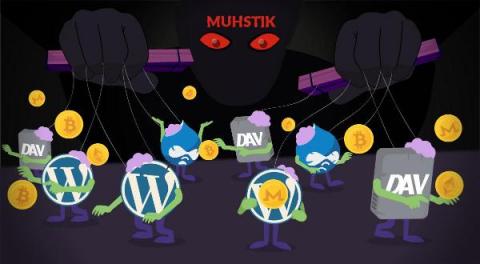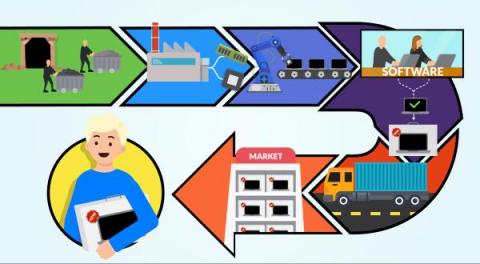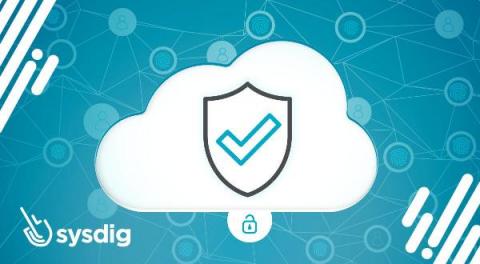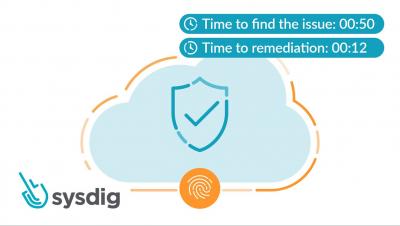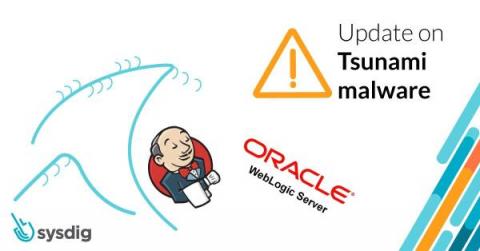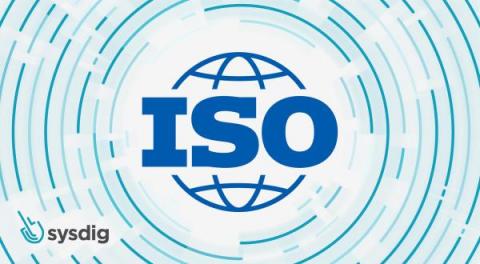Hands-On Muhstik Botnet: crypto-mining attacks targeting Kubernetes
Malware is continuously mutating, targeting new services and platforms. The Sysdig Security Research team has identified the famous Muhstik Botnet with new behavior, attacking a Kubernetes Pod with the plan to control the Pod and mine cryptocurrency. A WordPress Kubernetes Pod was compromised by the Muhstik worm and added to the botnet. On the Pod has been deployed and executed various types of crypto miners, like xmra64andxmrig64.


